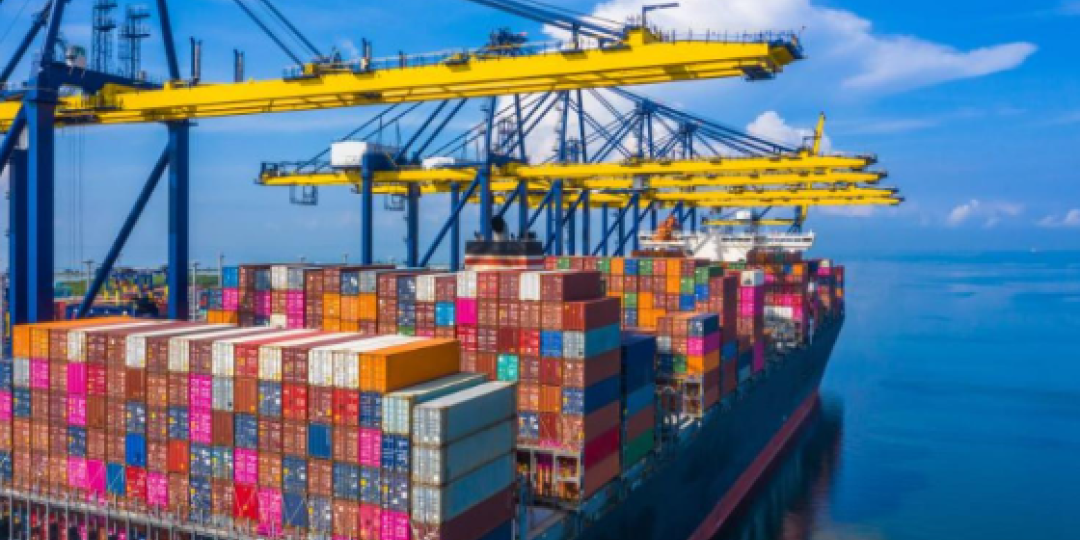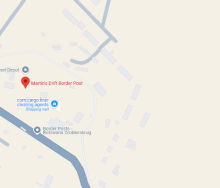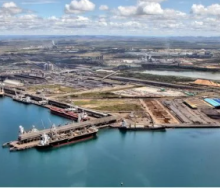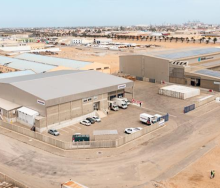While the Middle East seems to be rushing headlong into a wider-region conflict, Danish line Maersk is decidedly optimistic that it’s not a matter of if, but when, the crucial Suez Canal will see a re-uptake by the maritime industry of sailing through the important waterway.
On November 19, it will be exactly one year since Yemen’s Houthi rebels grabbed the world’s attention for all the wrong reasons – hijacking a roll-on roll-off carrier in the southern Red Sea, and forcing its crew at gunpoint to head to the Port of Al Hudaydah.
In the aftermath of the social media footage depicting the brazen attack by air and sea on the Galaxy Leader, the liner trade systematically withdrew from the Suez as the Houthis increasingly made a nuisance of themselves, causing the largest naval response by the west since World War 2.
To circumvent the rising risk of attacks on vessels sailing south of the Suez, the liner trade deployed long-haul alternatives, for the most part, around South Africa, resulting in much longer east-west journeys at considerable cost.
But it’s the additional capacity that this has required, Maersk contends, that will go bottoms-up once the Suez reopens.
The capacity response by the shipping industry because of Covid-19’s global supply chain disruption and subsequent Black Swan-like events have, over the past year, pushed fleet sizes in deep-sea trades to grow by 4.6% since mid-2022.
By comparison, deployed capacity only rose by about 3%, maritime logistics consultancy MDST has found.
Peer consultancy Think ING suggests that a substantial number of new vessels are expected to be delivered in the coming years, with more than 700 ships anticipated between 2023 and 2025.
It is this situation, of too many vessels in the overall network, that’s going to boomerang once trade through the Suez returns to normal, Maersk COO Karsten Kildahl has said.
Addressing journalists at the UK’s Port of Felixstowe, he likened it to incoming havoc when the shipping lines and ports attempted to recalibrate scheduling and calling dates once the shorter leg through the Suez re-entered Europe-Asia trades.
Kildahl said it was an anticipated development that Maersk and its new alliance partner, Hapag-Lloyd, had thoroughly assessed ahead of its vessel-sharing arrangement, Gemini, coming into effect from February 1, 2025.
However, it was unavoidable to push more vessels into the long-way network around the Cape, he said.
By way of explanation, he said the operational recommendations of round-the-Cape options that Gemini had alerted its client to, required 29 main-trade rotations, supported by 28 transhipment services made up of a fleet of 340 vessels.
In comparison, at least 40 vessels could be taken out of circulation if the Suez was safer – much safer – for east-west trade, Kildahl said.
MDST has said there is speculation that increased scrapping of older vessels may be necessary to balance the market.
Kildahl, though, believes “operational meltdown” lies ahead.













